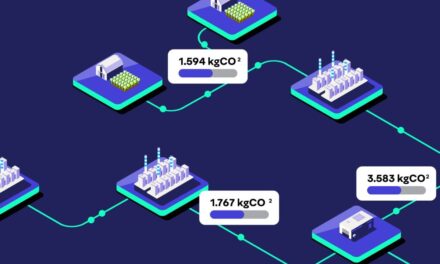Climate-KIC, Europe’s largest public-private innovation partnership working to address the challenge of climate change, is funding a project that will help to identify fugitive methane emissions – Fugitive Methane Emissions (FuME).Fugitive methane emissions are relevant to climate change. Capturing fugitive methane emissions can also deliver a profitable return by directly producing saleable gas. Methane abatement options can, therefore, offer a net profit, and even those that do not can be relatively cheap to deploy with large climate change mitigation benefits.
Better detection and quantification of fugitive methane emissions will contribute to climate change mitigation, as methane represents 16% of total global greenhouse gas emissions and, due to the high global warming impact, more than a third of anthropogenic warming. As well as mitigation opportunities, this creates opportunities for innovation and economic growth through the provision of new products and services for the sectors in which fugitive methane can be captured.
The project will develop methane measurement services, made up of a number of different products including modelling tools, a laser based open-path methane detection spectrometer and sensor networks in which the services can be adapted to user requirements depending on the sector, the complexity of the site, and the user requirements in each case.
The project will see the Centre for Carbon Measurement at NPL working with ARIA Technologies, CEREA and LSCE to adapt instrumentation, measurement techniques and methodologies for the target sectors. Industry representatives Cuadrilla Resources, Veolia Environment and National Grid will provide sites and operational expertise to the project.
Publications resulting from the project will include a set of guidelines per industry (municipal waste water treatment, transmission grid, shale gas extraction) for fugitive methane emission measurement best practice, a collection of reports summarising the project results, scientific papers on different methods for quantifying fugitive methane emissions and the comparative accuracy levels, the learning from the project for emissions factors for municipal waste water treatment, the use of inverse modelling to estimate fugitive emissions when used in conjunction with measurements, as well as a comparison of different dispersion models.
The findings of this work are expected to contribute to standards and guideline documents for industry including for example Best Available Technology guidelines highlighting how to monitor sites and capture fugitive losses.


